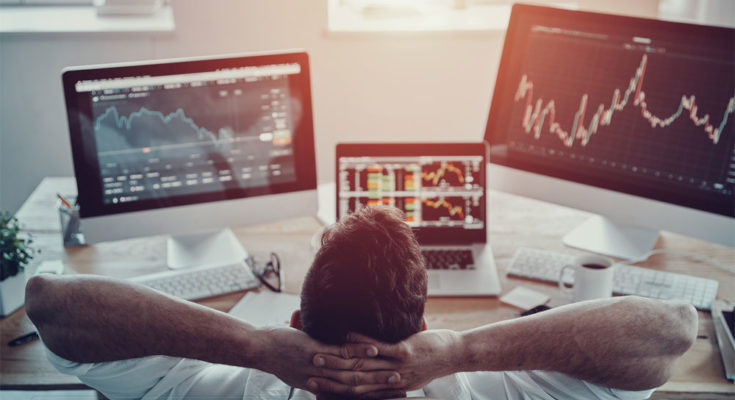
Things You Should Do to Get Better at Trading
Everyone knows the profit potential in the Forex trading business. If you are new to this industry, we will give you clear information regarding the Forex. Being the largest market in the world, more than $4 trillion is transacted across the globe in a single day. Based on this transaction and economic condition, the price fluctuates heavily. The traders use this price fluctuation to predict the price movement. You may think you will get rich by learning to trade this market but it’s not so simple. Based on a recent study, it is safe to assume, only 4-3% of the traders can make a consistent profit. So, how we get better at trading. There is no fixed set of rules but we are going to give you some amazing tips.
Attend the free webinars
There are thousands of brokerage firms offering trading services to the retail traders. But if people …
Things You Should Do to Get Better at Trading Read More


